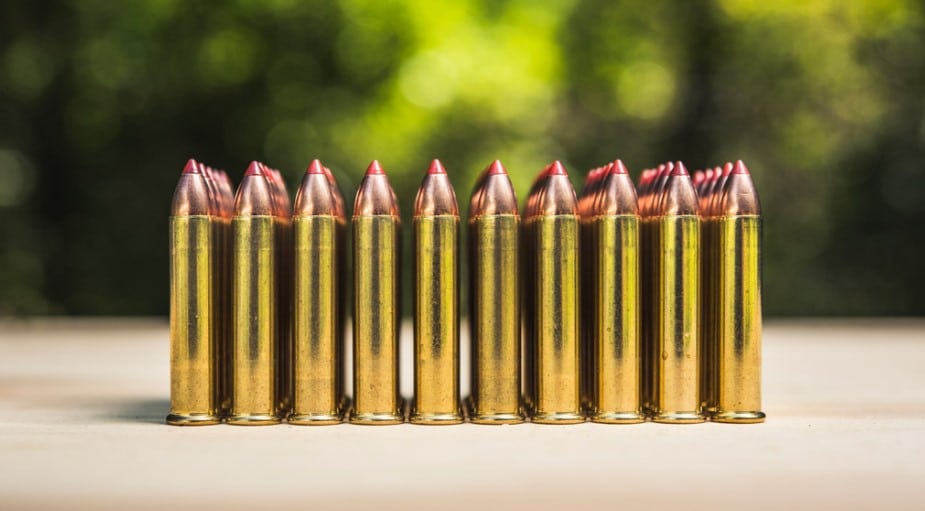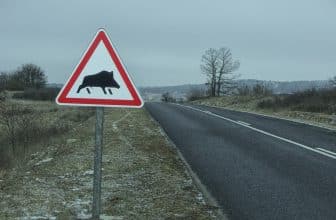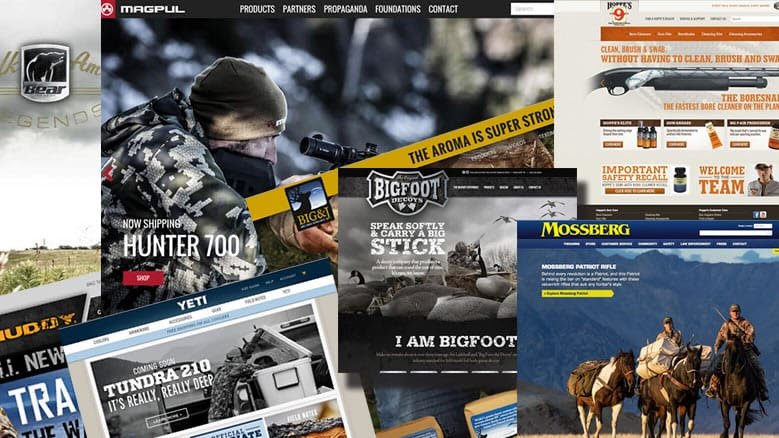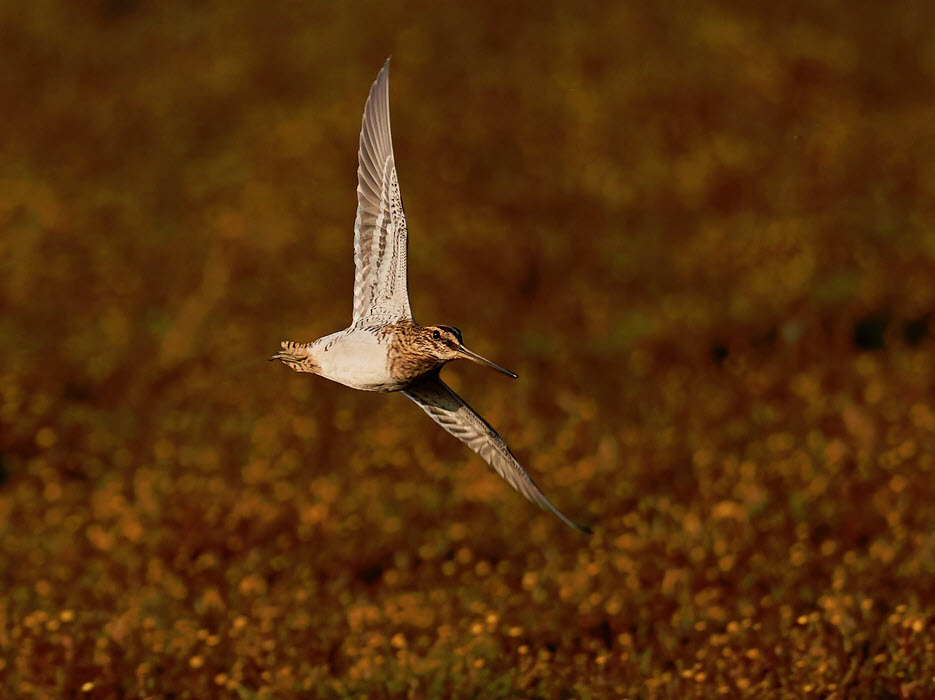
If you’ve been hunting for a while, you know that deer season doesn’t last all year long. Just because you cannot go after your favorite game, doesn’t mean you shouldn’t hunt at all.
By all means, you should look into hunting varmints or small game animals that hurt local farm crops, American deer populations, or private properties.
Page Contents
Why even consider varmint hunting?
Experienced hunters never lack the opportunities for hunting, and go for rodent hunting anytime. If hunters didn’t go after ground squirrels, sage rats, marmots, prairie dogs, and many more, the world would be overwhelmed with rodents. Getting into the summer shooting hunting seems like a natural thing to do.
Should you ever feel sorry for them, keep in mind that ground squirrels are eating the grass that should feed your cattle. You must replant the grass, which only increases the price of the steak on the shelf. It’s the same situation with the groundhog in Iowa, ruining the young corn plants. Therefore, you will have to use more gas for ethanol. You play your part in keeping prices under control when plinking the pests.
Which are the most common varmint species to hunt?
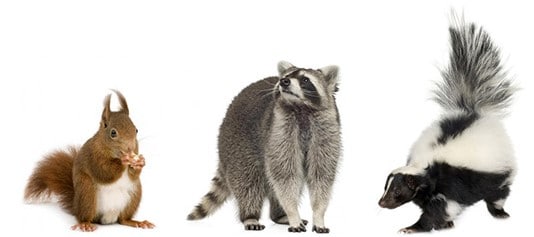
Some varmints are easy to hunt, whereas others are quite dangerous. It doesn’t mean that you should give up on pursuing them. There are also fewer regulations when it comes to varmint hunting, which may benefit your hunting skills.
Honest to God, it’s not difficult to get a high number of varmints, and you can get specific varmint rifles for better performance.
Even if some of the varmints are legal to hunt freely, others to present particular guidelines. You need to check the local wildlife regulator to stay on the safe side.
Let’s see which are the most common varmints to hunt in the summer:
- Coyotes
They’re the best option within the category, especially when considering the significant impact they have on a deer property. They’re great at keeping you alert and sharp throughout the winter.
You may not be aware, but coyotes are atrocious predators that take deer off your property before you do. They especially like the young bucks, which can impact the reproductive rate of the deer population. When you shoot a buck, but he’s heading injured to die elsewhere, coyotes are going to take it for you.
Long story short, there are many reasons for which you should keep coyotes away from your property. You can get the best out of it and get better of hunting by practicing on coyotes.
- Crows
Even if they look funny, scarecrows are useful in the crop fields. Crows are overpopulated in most places, and we all know the damage they cause on a cornfield or compost pile. They are also seen as the most dangerous airborne pests, which is yet another good reason for varmint hunters.
- Prairie dogs
Prairie dogs reproduce quite fast and quickly increase their numbers. If they spread throughout a farm, they dig burrows everywhere, which is a severe problem for livestock farmers.
Sheep, cows, or horses may step into a fallen dog tunnel, getting injured. It’s why farmers need to stay alert and remove prairie dogs from their property.
Prairie dogs are quite small, and targeting one from a long-range is quite challenging for a hunter.
- Foxes
It’s pretty standard for foxes to get in suburban regions and have their way with small household pets and kittens. It’s why they get a pest status in some areas. Tracking and chasing foxes is quite an adventure for hunters with dogs (foxhounds, especially). Even if it’s not the most significant aspect, taxidermy mounts of foxes do make an impression.
- Raccoons
A raccoon gets into your garage, tearing the trash bins while searching for food. Does this look familiar to you? That’s all you need when it comes to raccoon hunting. The overpopulation is concerning in some areas, which is why raccoons are the no.1 choice for winter hunters that deal with deer withdrawal.
- Squirrels
If you have a dog, you’re going to find squirrel hunting a lot of fun. The skittishness, agility, high speed, and the ability to vanish in the trees are some of the many things that make the hunt so challenging and fun. It’s why squirrels are also subject to competitive varmint hunts any now and then.
- Bobcats
Just like coyotes, bobcats can snip and kill or cull the deer herd before you even getting the chance for an approach. Bobcats are also interested in livestock, housecats, and other species.
- Feral hogs
Anyone hunting down south so far must have had his share of wild hogs until now. Truth be told, in Florida and Texas, feral hog hunting is probably the most popular kind within the varmint hunting category. The sharp tusks and high levels of aggression make them highly dangerous.
You should hunt them offseason, helping the constant fight against habitat damage, crop loss, and native wildlife worries. Don’t hesitate to practice on feral hogs so that you’re well prepared when deer season comes.
- Groundhogs
Due to the tunnels dug and the way they cause holes and uneven footing, it’s obvious why hunters hate groundhogs so much. More often than not, hunters will go after groundhogs also because they get tired of seeing their shadow in the winter. Shooting groundhogs is just going to make deer season come faster.
- Rabbits
Any hunter loving to hunt with his dog enjoys hunting rabbits. With rabbits liking to hide in regions of maximum cover, it’s natural that hunters find it difficult to identify the rabbits when hunting alone. It’s why dogs are so helpful, as they will sniff out the hoppers, sending them toward your rifle shot. Let’s not forget that rabbit meat is also tasty, which is another reason for hunting them down.
Why try the short shot on varmint hunts?
When it comes to varmint shooters, hunters consider a short shot anything that travels less than 200 yards. You need .17 and .22 calibers for the short shots, with the .22 Long Rifle cartridge being a popular option for pest round when shooting small rodents.
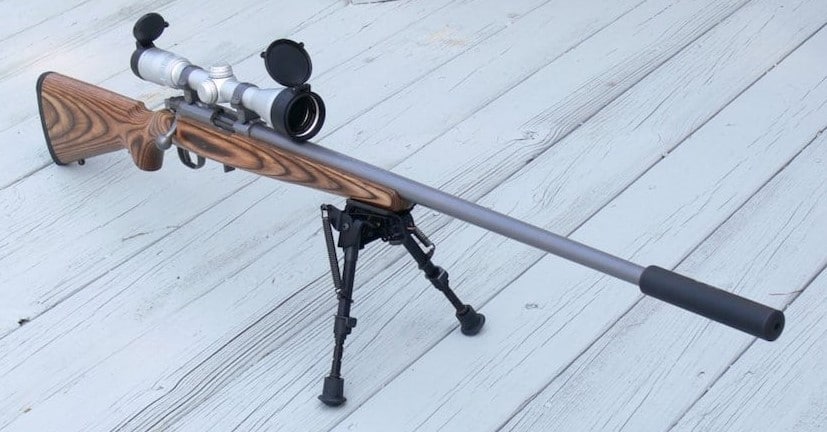
If you’re considering teaching your kid how to hunt, the low recoiling rounds and lightweight rifles make a great choice. For the experienced hunter, a set of shooting sticks is helpful when taking a walk on the field.
Numerous tunnel openings, barren ground lacking grass, and fresh piles of dirt tell you that some rats or ground squirrels may be close. When there are many, you feel like the ground is moving.
You should pick your target and aim smoothly. When you miss the shot, some dirt may be flying up, but you should move on to the next one. It’s common for hunters to use low recoil rifles since they can pay attention to the action a lot better.
The ammunition is affordable, and the rifles to try are many. Just give it a try!
Is the long-distance shot more challenging?
There’s always the category of hunters that would turn the varmint hunt into the best practice for their long-distance shot. 400- and 500-yards shots are quite common when shooting groundhogs or prairie dogs. It’s because marmots, groundhogs, prairie dogs, and ground squirrels will feel the hunting pressures and high the second they sense the human presence. Therefore, 200-yard-plus shots are typical in this type of hunting.
You should use flat trajectory cartridges with small fast-flying bullets, with .223 and .22-250 cartridges being quite popular. However, .223 Winchester Super Short Magnum (WSSM), .204 Ruger, and Remington’s .221 Fireball are also a popular choice nowadays. When you’re in for the action, the .223 and .294 cartridges are a solid choice anytime. You can find plenty of varmint rifles from Remington, Winchester, and Browning, for sure.
Don’t forget that you also need a scope with plenty of magnification, whereas thin crosshairs inside it will show small targets at long ranges. Look for 10X, 12X, 16X, and 24X magnification.
For better precision, a rangefinder is going to be necessary. Check the ballistics of the cartridge and the winds where you’re hunting. Some long-range pest hunters use the buddy technique where one hunter check and observes (with the spotting scope and the high-power binocular), whereas the other one only focuses on the shooting. They can switch from time to time when they get tired.
Locating the pest is probably the main challenge in the long-range game. Prairie dogs and ground squirrels will easily hide behind the tall grass or inside the tunnel. Marmots like to stay in the shadows, whereas groundhogs stay inside the den openings, leaving nothing but the top of their heads visible. Checking the details, extended breaks, and visible terrain markers (a big rock or a fence post) are some of the many tricks to use when hunting at long distances.
What’s the best gear for varmint hunting?
Along with the rifles, scopes, a rangefinder, and optics, you may also need a shooting bench, especially when going after ground squirrels and prairie dogs. Some sandbags and a rifle rest will improve your accuracy and steady of the hand. You should also buy a rifle sling so that you can carry the bull-barrel rifles a lot easier.
Shooting sticks should also be on your shopping list. Look for the adjustable models with rubber-coated tops that keep your rifle secure and in place on any surface. Load your gear and ammo in a daypack, especially if you’re planning to hike.
If you’re in a sunny place, a wide brim hat, sunglasses, and sunscreen are also necessary. Don’t forget to add the water bottle as well.
Camo clothing is also needed when going after groundhogs and marmots, helping you to blend efficiently into the surroundings.
Everyday clothing and a pair of jeans should work when hunting prairie dogs and ground squirrels since they’re focusing on the food and don’t pay attention to you.
One last recommendation before you go hunting
Some state game departments do provide details and guides about where you can find prairie dog towns. Most of the time, you only need a small game hunting license for hunting, whereas, in other states (Wyoming is one), you don’t need a permit for the pests.
At the end of the day, when the deer season is over, don’t lose hope. Just check your gear and clothing and pack for another type of adventure, the varmint hunt!

